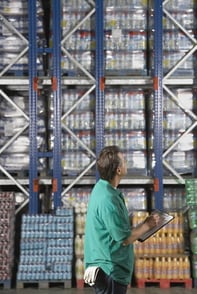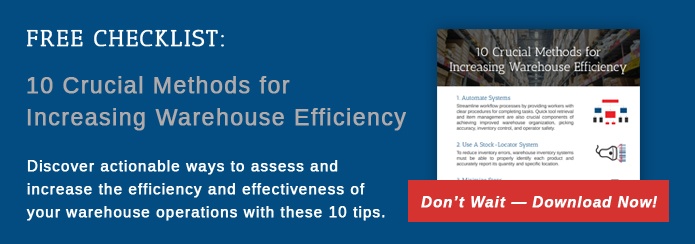 In an ideal world, each of the products you carry in your warehouse would be stored in a single, consistent, known location. Unfortunately, there is no such thing as an ideal world. Reality usually sees the same product kept on multiple shelves, in multiple locations, in different buildings, or even in different geographic locations. Trying to track the multiple locations for all your products can be a nightmare without the help of a warehouse management software.
In an ideal world, each of the products you carry in your warehouse would be stored in a single, consistent, known location. Unfortunately, there is no such thing as an ideal world. Reality usually sees the same product kept on multiple shelves, in multiple locations, in different buildings, or even in different geographic locations. Trying to track the multiple locations for all your products can be a nightmare without the help of a warehouse management software.
So, the question is, do you know where your inventory is?
A Warehouse Management Nightmare
Your business is growing and you are now carrying more products than ever before; your current warehouse space may be just too small. As a result, additional warehouse space is needed, which can be found in several forms: additional warehouse buildings or warehouse equipment like carousels and vertical lift modules.
Without a comprehensive management software – typically a warehouse management system (WMS) – in place, it becomes incredibly difficult to accurately track how much inventory you have at any given time.
Tracking Inventory and Warehouse Use in Real Time
Managing multiple warehouses, warehouse locations, and warehouse equipment can lead to inventory and space challenges. Balancing those priorities with operational efficiency only increases complications. A WMS offers certain advantages that cannot be matched with other solutions.
- It tracks inventory in real time.
When a worker puts away or picks a product from the shelf, a WMS can update the quantity to show the available inventory, whether it has been added or reduced. When an order comes in, the WMS can tell you if you have enough inventory on hand to fill it as well as where the pieces are located. - It helps you manage inventory in multiple locations.
Whether in the same warehouse space or not, a modern WMS allows you to assign multiple locations for the same product. The product can be in multiple bins inside the same warehouse, or it can be multiple bins in two or more geographic locations. This helps you track inventory in each location and as a whole. - It alerts when inventory needs to be replenished, either from overstock or re-order.
Since inventory is tracked in real time, the WMS can send an alert when products have reached the specified replenishment level. That way your workers can pull down overstock, or you can put an order in with the vendor. - It tells you how much inventory moves through each location.
You may be using different warehouse spaces to provide product to different geographic locations. You may find that one warehouse moves more of a certain product than another. This knowledge helps you balance your inventory and minimize carrying costs by not overstocking one location and understocking another.
If your business is growing and you need more warehouse space to manage that growth, it is important, now more than ever, to be pragmatic about what comes next. Adopting a warehouse management software solution will help you keep your inventory carrying costs to a minimum while utilizing every available square inch of storage space more efficiently.



